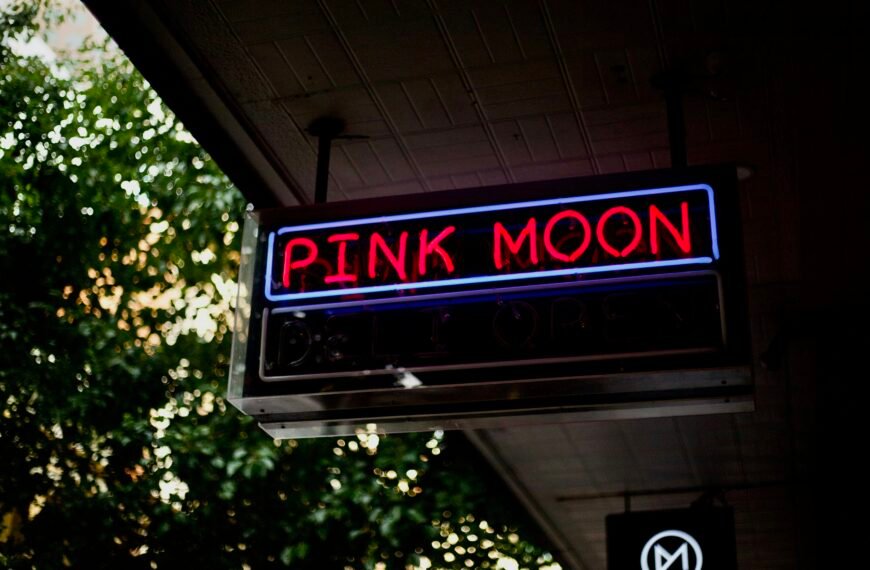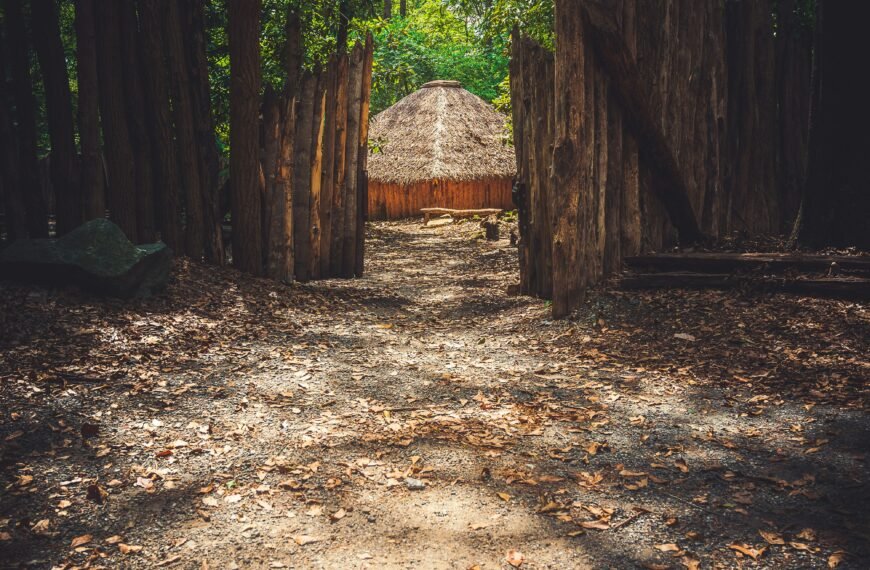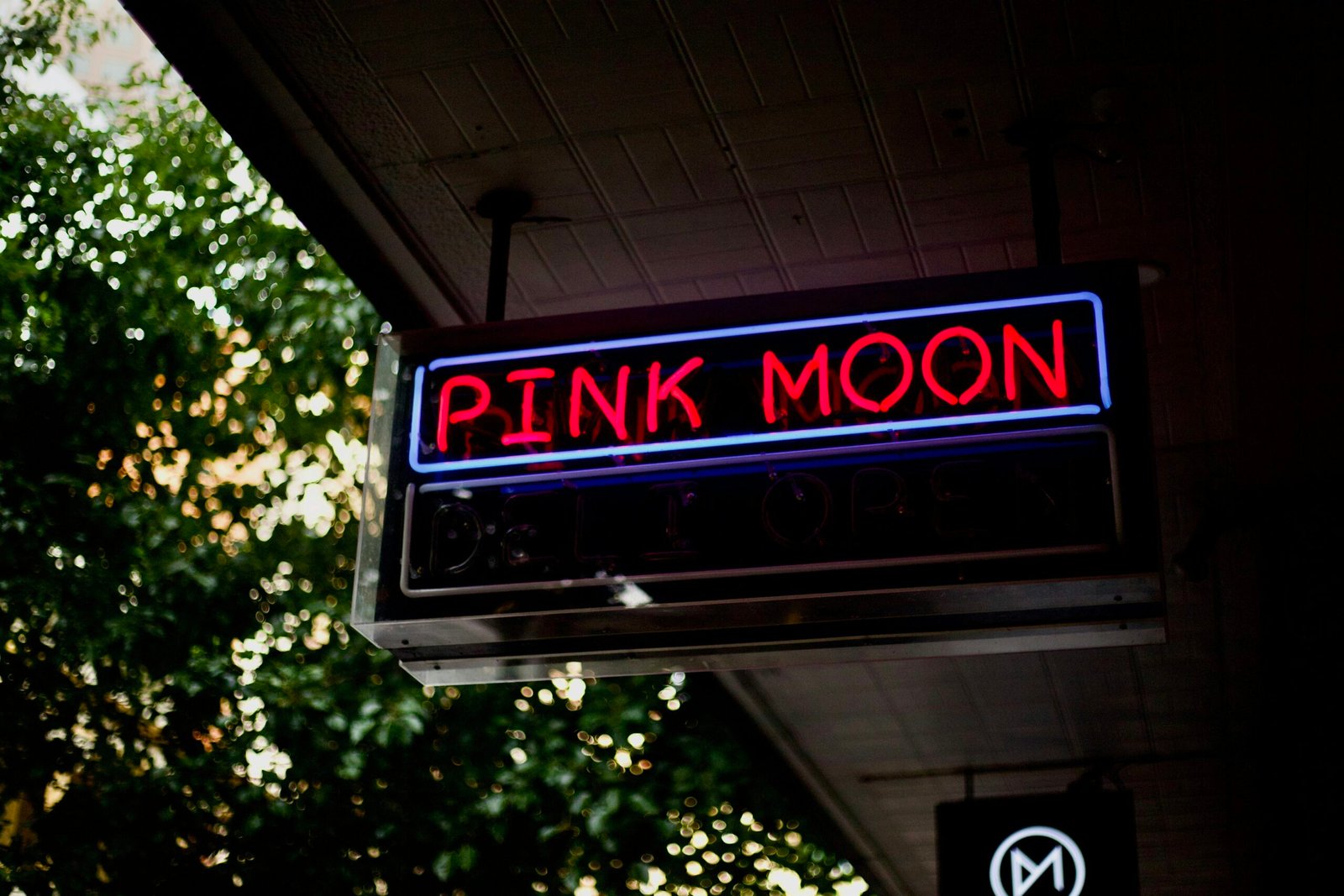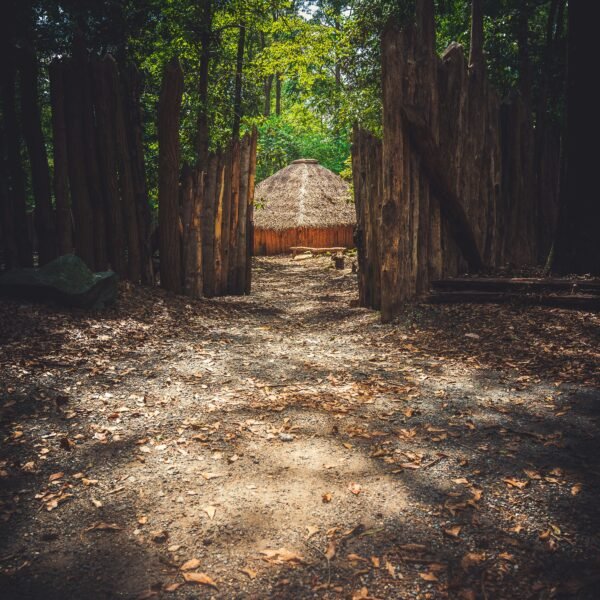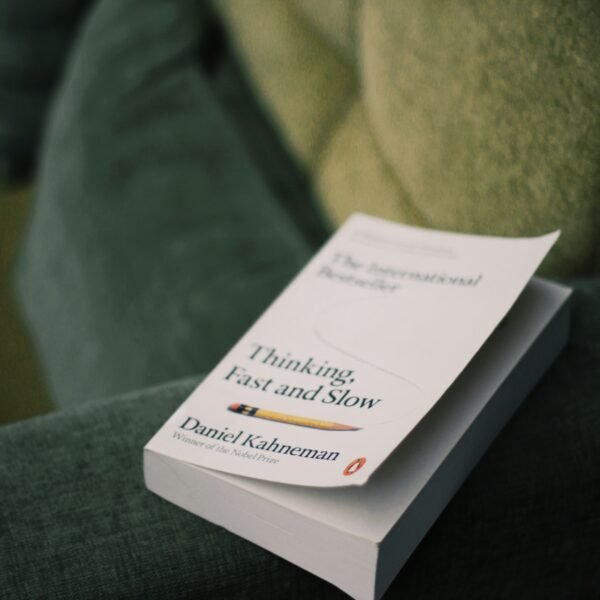Discover the hidden treasures of the Himalayas at the Rubin Museum of Art, located in Manhattan’s Chelsea neighborhood. This comprehensive museum offers a deep dive into the art of the region, featuring a permanent collection of 38,000 pieces spanning 1,500 years. From exquisite sculptures and paintings to installations and reproductions of murals, the artwork at the Rubin Museum showcases the rich cultural heritage of the Himalayan and Indian traditions. In addition to the permanent collection, the museum also hosts fascinating temporary exhibits, including renowned photographer Henri Cartier-Bresson’s documentation of mid-century India. With its peaceful ambiance and low-key atmosphere, the Rubin Museum is the perfect place to explore and learn about this fascinating part of the world.

Rubin Museum of Art
Located in Manhattan’s Chelsea neighborhood
The Rubin Museum of Art is located in the vibrant Chelsea neighborhood of Manhattan. Situated in a former department store, this museum is dedicated to showcasing the art and culture of the Himalayas and India.
Dedicated to the art of the Himalayas and India
The Rubin Museum of Art focuses on the rich artistic traditions of the Himalayan region and India. Through its vast collection, the museum aims to provide visitors with a comprehensive understanding of the art forms, cultural practices, and historical context of these regions.
Housed in a former department store
The museum is housed in a unique and historic building that used to be part of the Barneys department store. This repurposed space provides a distinctive setting for the diverse range of artworks on display.
Permanent Collection
The Rubin Museum of Art boasts a permanent collection that spans 1,500 years and includes an impressive 38,000 pieces. This collection offers a deep dive into the art of the Himalayas and features a variety of mediums such as sculptures, paintings, installations, and reproductions of murals.
Temporary Exhibits
In addition to its permanent collection, the museum also hosts fascinating temporary exhibits. These exhibits showcase different themes and artists, offering visitors a chance to explore a wide range of artistic styles and cultural influences within the Himalayan and Indian context.
Comprehensive collection spanning 1,500 years and 38,000 pieces
The permanent collection at the Rubin Museum of Art is truly impressive. Spanning over 1,500 years of history and encompassing 38,000 unique pieces, this collection provides a comprehensive look into the art of the Himalayas and India. From ancient sculptures to contemporary installations, visitors can explore a wide range of artistic expressions.
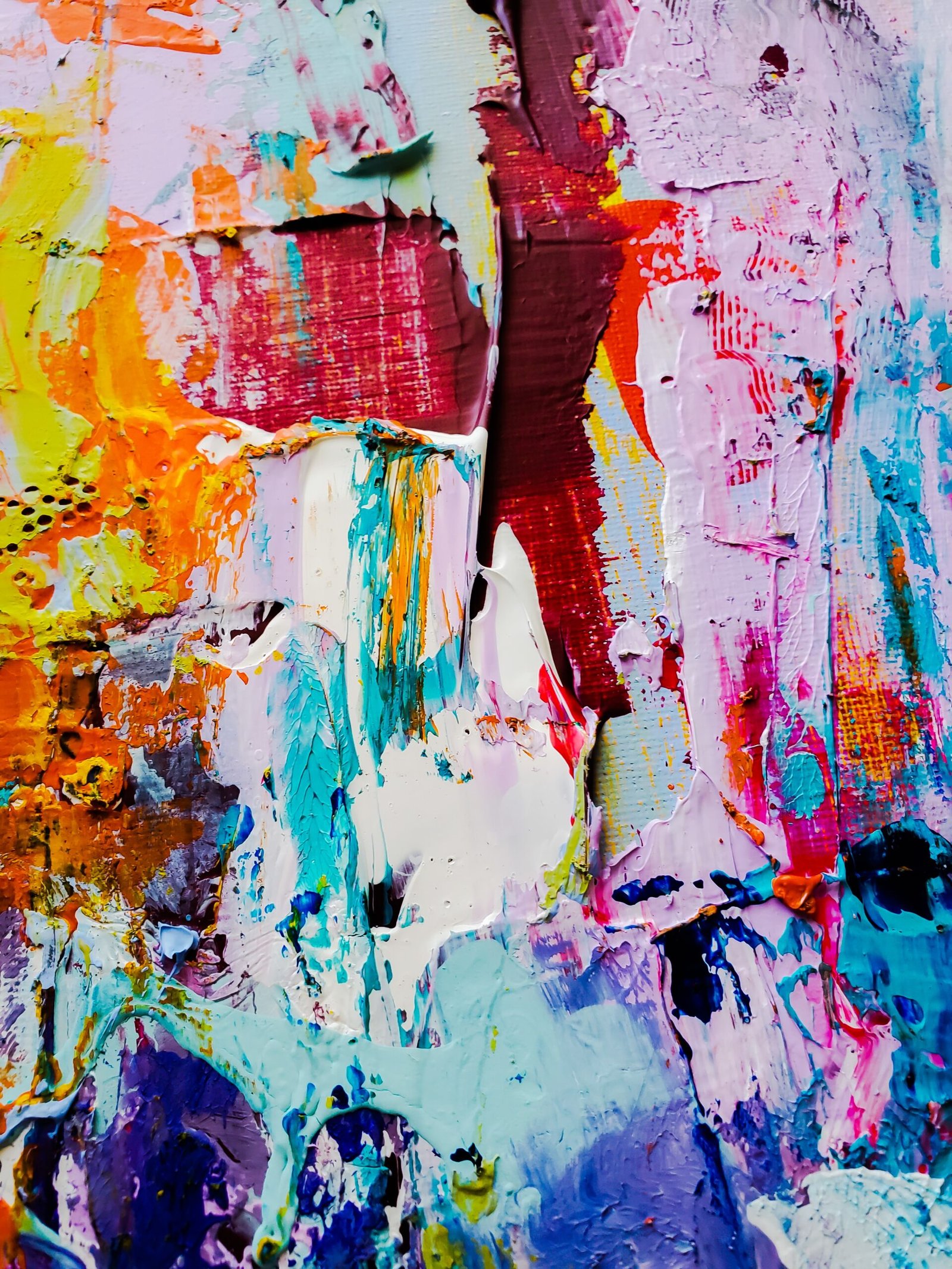
Includes sculptures, paintings, installations, and reproductions of murals
The collection at the Rubin Museum of Art showcases a diverse range of mediums. Visitors can admire intricately crafted sculptures, vibrant paintings, thought-provoking installations, and even reproductions of murals from Tibet’s Lukhang Temple. This variety allows for a multi-dimensional exploration of Himalayan and Indian art.
Temporary exhibits showcase different themes and artists
In addition to the permanent collection, the museum offers temporary exhibits that highlight various themes and artists. These exhibits provide an opportunity to delve deeper into specific aspects of Himalayan and Indian art and culture. From the documentation of mid-century India by photographer Henri Cartier-Bresson to the portrayal of Nepal’s Kathmandu Valley, visitors can enjoy ever-changing displays of artistic excellence.
Visitors and Atmosphere
The Rubin Museum of Art offers a low-key museum experience with a peaceful atmosphere. Unlike some of the larger museums in New York City, the Rubin Museum rarely feels overcrowded. The visitors here are genuinely interested in the art and culture of the Himalayas and seek to learn more about this unique part of the world.
Low-key museum with peaceful atmosphere
Unlike bustling tourist destinations, the Rubin Museum of Art provides visitors with a more tranquil and contemplative atmosphere. The serene ambiance allows for a more immersive experience, enabling visitors to appreciate the art and culture of the Himalayas in a relaxed setting.
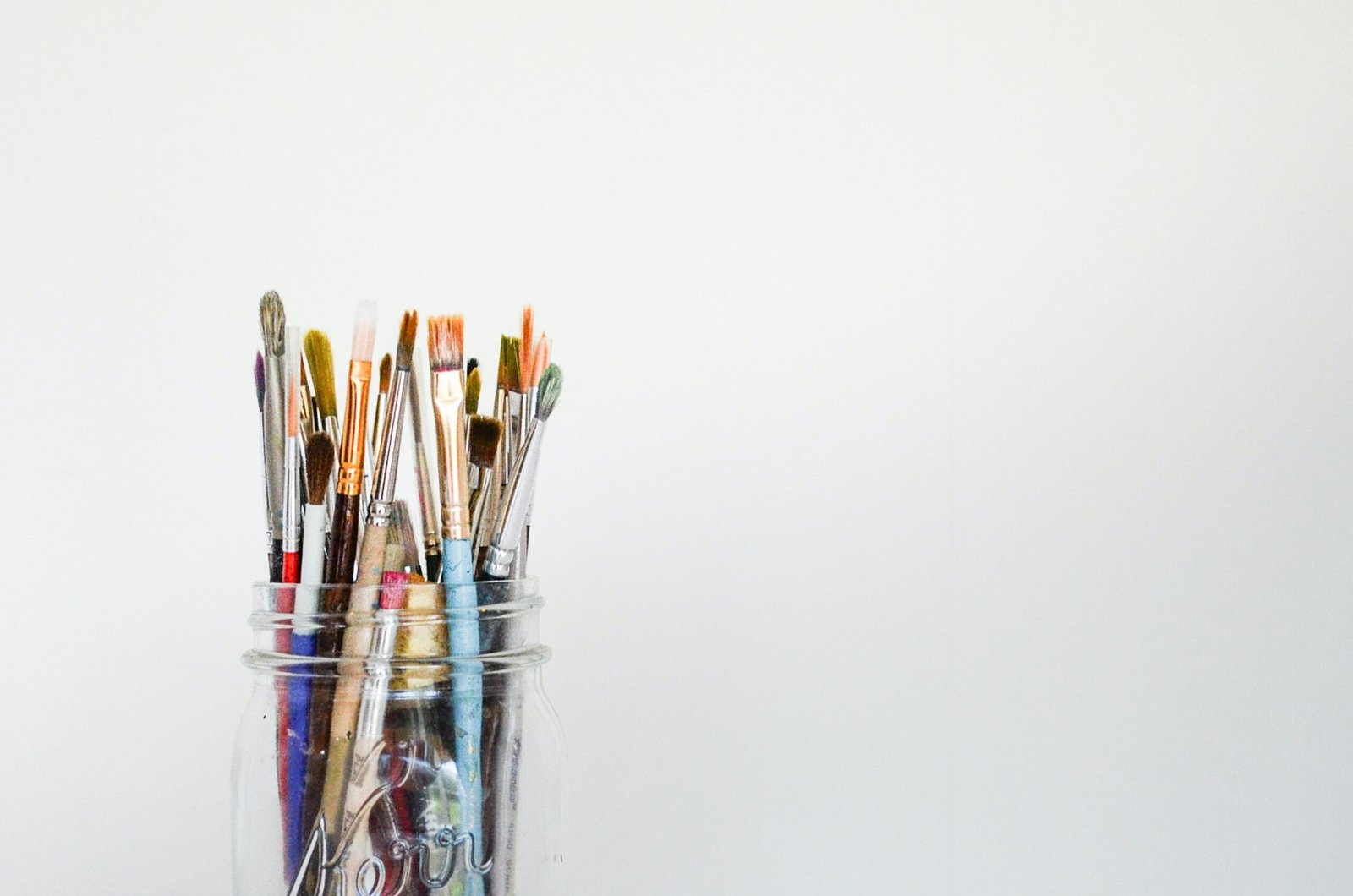
Visitors have interest in the art and culture of the Himalayas
The Rubin Museum of Art attracts visitors who have a genuine interest in the art and culture of the Himalayas. Whether they have prior knowledge or are simply curious, visitors come to the museum with a desire to delve deeper into the rich artistic traditions of this region. The museum acts as a haven for like-minded individuals looking to expand their understanding and appreciation of Himalayan art.
Navigation and Accessibility
The Rubin Museum of Art provides easy navigation and accessibility for its visitors. Elevators conveniently connect all seven floors, ensuring that everyone has equal access to the museum’s exhibits. Additionally, a spiral center staircase offers a dramatic option for those looking for a more visually captivating ascent to the top floor from the lobby.
Elevators connect all floors
To ensure accessibility for all, the museum is equipped with elevators that connect every floor. This allows visitors of all abilities to fully explore and enjoy the exhibits without any barriers.
Spiral center staircase offers dramatic option
For those seeking a more visually captivating experience, the Rubin Museum of Art features a spiral center staircase. Ascending this staircase offers a unique and dramatic way to navigate between floors, adding an element of excitement to the museum visit.
Guided tours available
To enhance the visitor’s experience, the museum offers guided tours that are included with the price of admission. These tours provide additional insight and context to the art and artifacts on display, allowing visitors to gain a deeper understanding of the Himalayan and Indian cultures represented in the museum.
Gift Shop and Cafe
The Rubin Museum of Art offers a gift shop and cafe, providing visitors with the opportunity to bring a piece of the museum experience home or enjoy a culinary delight inspired by the region.
Shop offers artisanal items sourced from the Himalayas
The museum’s gift shop is a treasure trove of artisanal items sourced directly from the Himalayan region. Visitors can browse through handcrafted wooden meditation buddhas, brass statues of Ganesh (the elephant-headed Hindu god), and colorful Indian pottery. These unique and authentic pieces make for excellent souvenirs or gifts for art enthusiasts.
Cafe Serai serves Himalayan food and cocktails
The museum’s cafe, Cafe Serai, goes beyond the typical museum cafe experience. It offers a taste of the Himalayas with its menu of Himalayan food and cocktails. Visitors can indulge in dishes like braised Biryani-style lamb shank over crispy red rice or sip on a refreshing cocktail like the Bay of Bengal, made with gin, elderflower, cucumber, and basil.
150 W 17th St, New York, NY 10011
Visitors can find the Rubin Museum of Art at 150 W 17th St, in the heart of New York City. Located in the Chelsea neighborhood, the museum is easily accessible and offers a unique cultural experience in the bustling city.
(212) 620-5000
For any inquiries or additional information, visitors can contact the Rubin Museum of Art at (212) 620-5000. The museum’s staff is dedicated to providing an exceptional visitor experience and is available to assist with any questions or concerns.
In conclusion, the Rubin Museum of Art is a hidden gem in Manhattan’s Chelsea neighborhood. Dedicated to the art of the Himalayas and India, the museum offers a comprehensive collection spanning 1,500 years and 38,000 pieces. With its low-key atmosphere, easy navigation, and intriguing temporary exhibits, it provides a peaceful retreat for those interested in exploring the art and culture of the Himalayas. Visitors can immerse themselves in the diverse range of mediums on display, from sculptures to paintings, installations, and reproductions of murals. The museum’s gift shop and cafe further enhance the experience, offering artisanal items sourced from the Himalayas and a taste of Himalayan cuisine. Whether you’re a seasoned art enthusiast or simply curious about this unique part of the world, a visit to the Rubin Museum of Art is a must.


